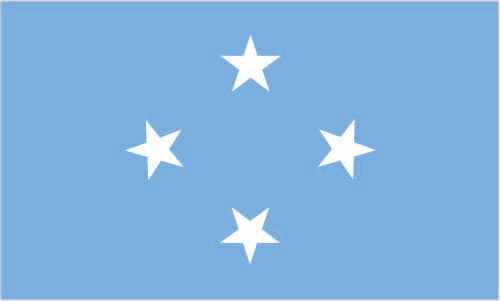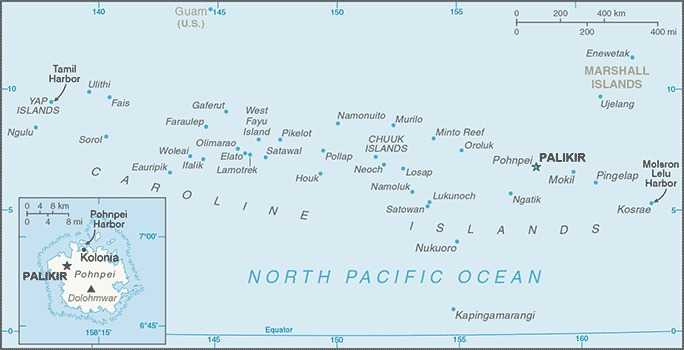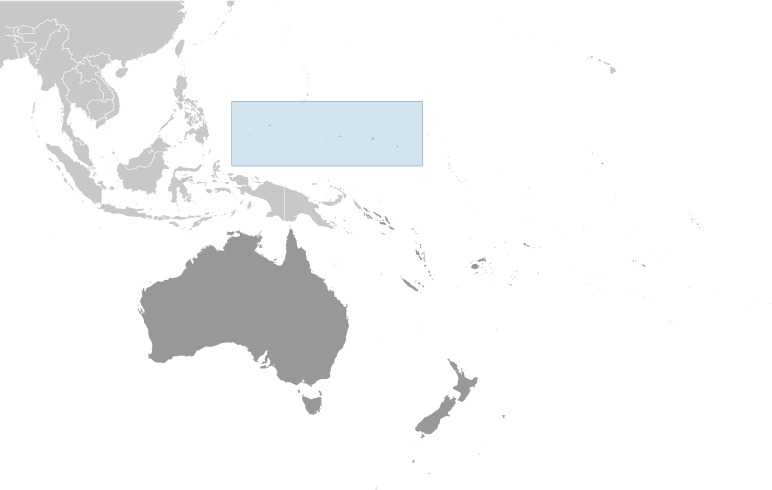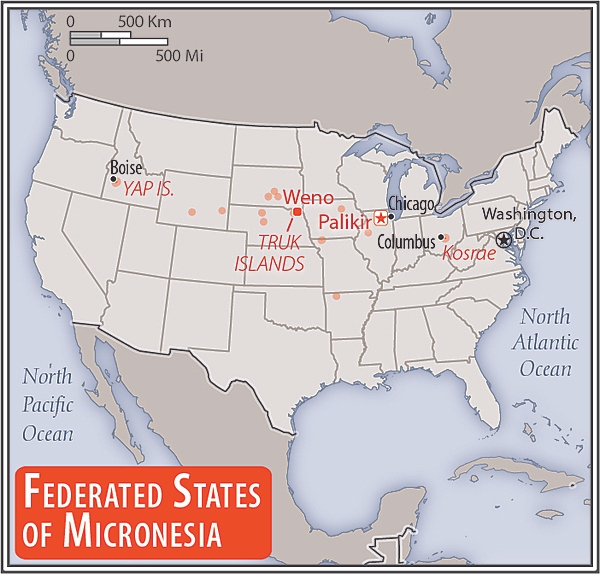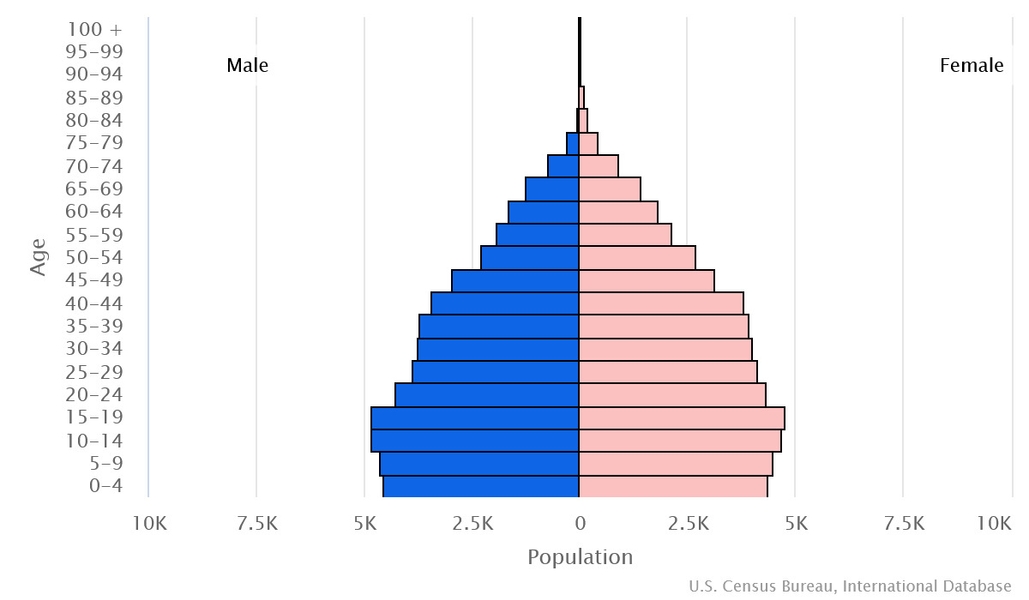Introduction
Visit the Definitions and Notes page to view a description of each topic.
Geography
People and Society
Population
comparison rankings: female 195; male 196; total 196
Median age
comparison ranking: total 152
Population growth rate
comparison ranking: 227
Birth rate
comparison ranking: 80
Death rate
comparison ranking: 213
Net migration rate
comparison ranking: 228
Maternal mortality ratio
comparison ranking: 81
Infant mortality rate
comparison ranking: total 76
Life expectancy at birth
comparison ranking: total population 133
Total fertility rate
comparison ranking: 86
Obesity - adult prevalence rate
comparison ranking: 10
Alcohol consumption per capita
comparison ranking: total 138
Education expenditures
comparison ranking: 6
Environment
Revenue from forest resources
comparison ranking: 141
Government
National anthem
Economy
Real GDP (purchasing power parity)
comparison ranking: 214
Real GDP growth rate
comparison ranking: 170
Real GDP per capita
comparison ranking: 187
Inflation rate (consumer prices)
comparison ranking: 114
GDP - composition, by sector of origin
comparison rankings: services 52; industry 214; agriculture 30
Industrial production growth rate
comparison ranking: 142
Youth unemployment rate (ages 15-24)
comparison ranking: total 72
Public debt
comparison ranking: 171
Taxes and other revenues
comparison ranking: 197
Current account balance
comparison ranking: 78
Reserves of foreign exchange and gold
comparison ranking: 163
Energy
Carbon dioxide emissions
comparison ranking: total emissions 206
Communications
Telephones - fixed lines
comparison ranking: total subscriptions 197
Telephones - mobile cellular
comparison ranking: total subscriptions 215
Internet users
comparison ranking: total 202
Broadband - fixed subscriptions
comparison ranking: total 183
Transportation
Merchant marine
comparison ranking: total 128

